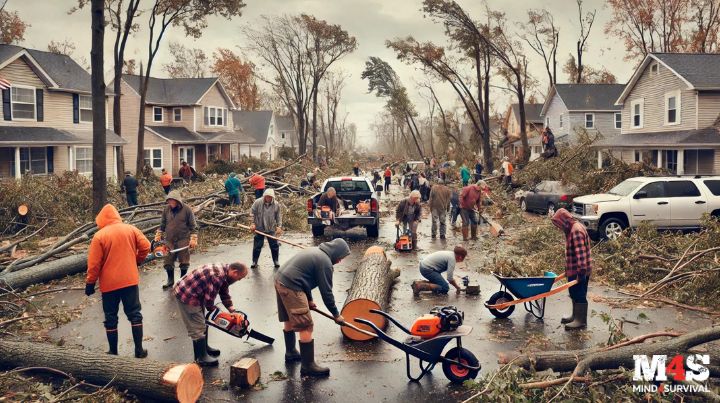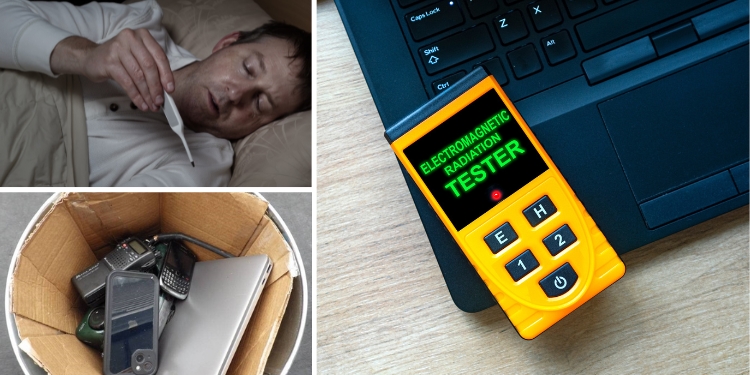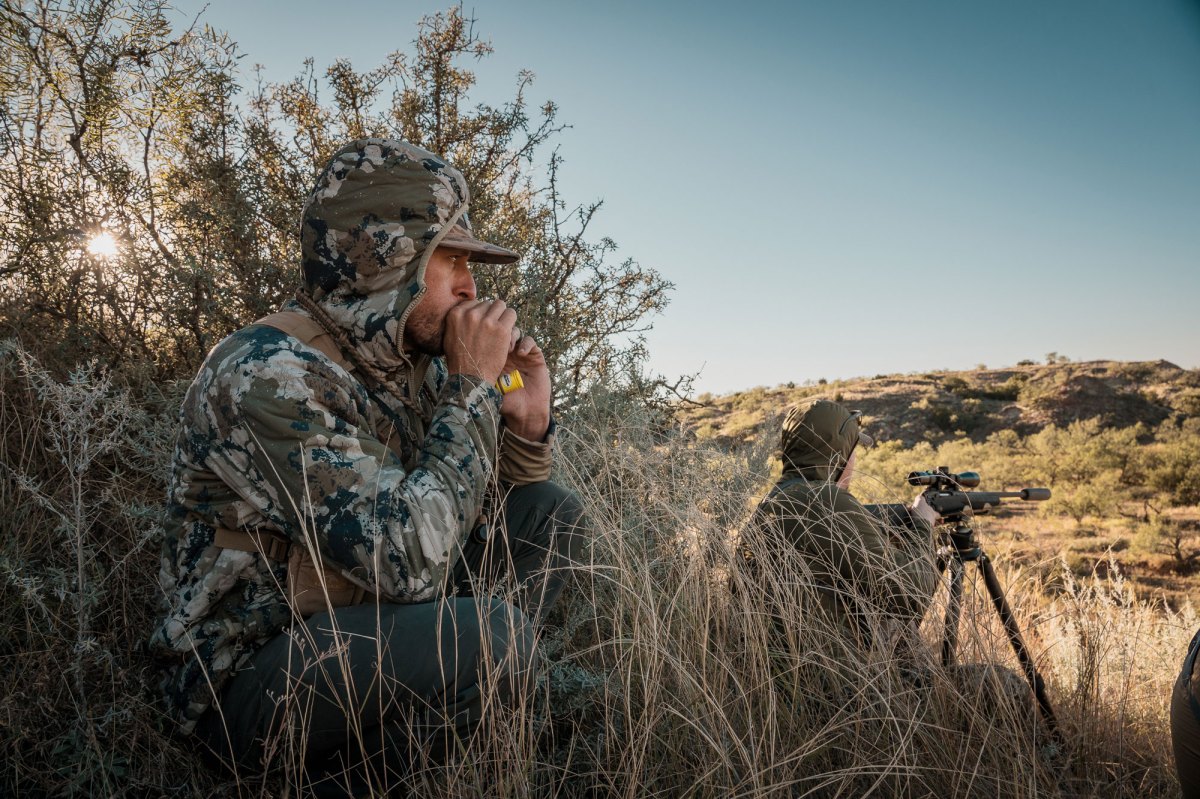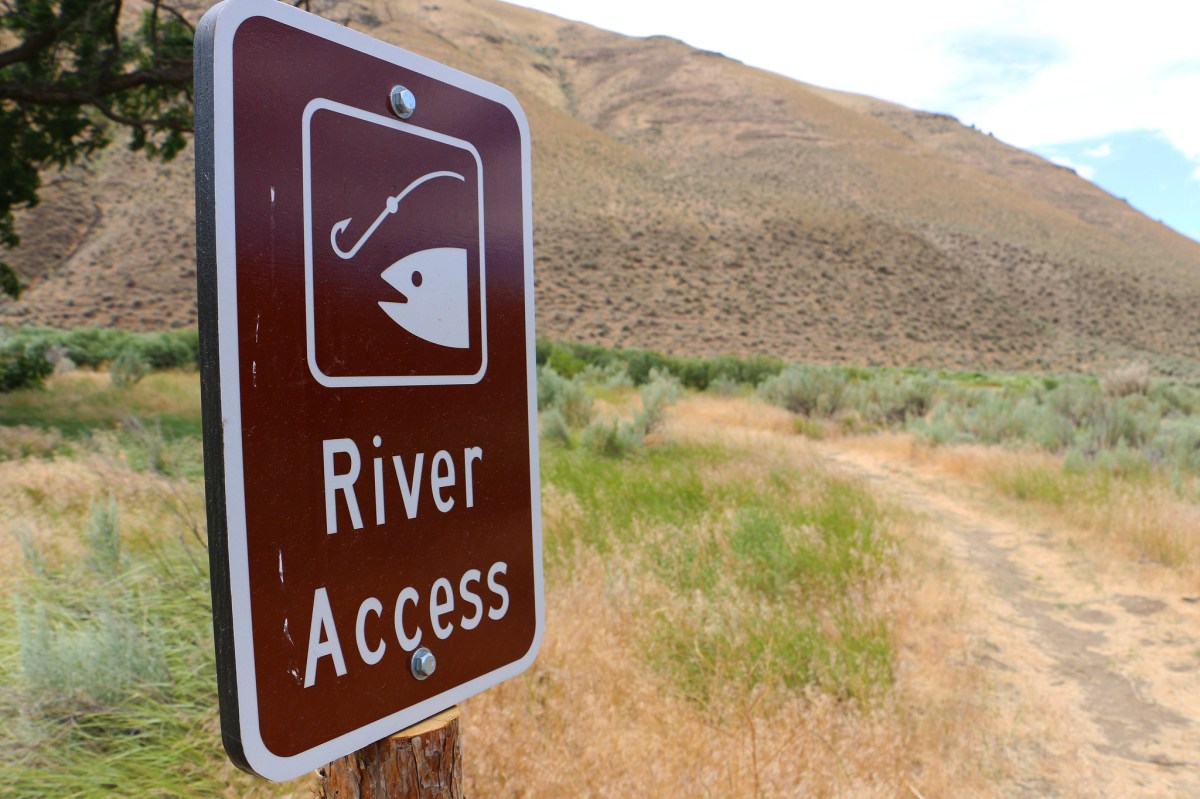Disaster Response Timelines: How Long Are You Prepared For?

Podcast: Play in new window | Download
Disasters can be overwhelming, and disaster response timelines often takes longer to arrive than you’d think. Understanding how things unfold after a disaster can make all the difference in staying prepared and keeping your family safe. In the early stages of any disaster, it’s not just about waiting for help but knowing how to rely on your own preparedness. In this article, we’ll walk through what typically happens in the first week following a disaster and offer practical ways to protect yourself and your loved ones.
Quick Look at What You’ll Learn
The First 48 Hours: Relying on Yourself and Your Neighbors
The initial hours after a disaster are often the most chaotic. The infrastructure we usually depend on—power, communication, transportation—can quickly break down. One of the first things you’ll notice is that cell towers may go down, leaving you without reliable access to the information you need. During hurricanes or other large-scale disasters, it’s common for cell towers to be damaged or overwhelmed, resulting in widespread communication blackouts.
At the same time, grocery stores and gas stations see a rush of panic buyers. In as little as 24 hours, shelves are often stripped bare of essentials like bottled water, non-perishable food, and fuel. If you haven’t prepared in advance, you could be left without the basics, and getting supplies becomes incredibly difficult as the situation worsens.
In these first hours, official help is usually still far off, so neighbors play such a crucial role. Communities often come together to clear roads, share resources, and look out for each other when emergency services are delayed. You’ll see people helping each other move debris, check on elderly residents, and share supplies like water and batteries. In many ways, it’s a return to grassroots support, where communities rely on each other before government assistance arrives.
Day 2-4: Local Governments Begin to Mobilize
After the initial shock, local governments begin to assess the damage and mobilize their resources. However, progress is often slow. Utility companies are usually stretched thin, and while they may prioritize hospitals and critical infrastructure, many neighborhoods are left without power for several days. Fallen trees, downed power lines, and flooded roads can block utility crews from accessing key areas. You might find that even though the storm has passed, basic services like power and clean water remain unavailable.
Another growing concern during this period is health and sanitation. With power out, water treatment plants may be compromised, leading to a lack of clean drinking water. Public health becomes a serious issue as people are forced to rely on whatever water they have stored, or worse, turn to unsafe water sources. It’s not uncommon for residents to boil water or use purification tablets until services are restored. This is why having a plan to store enough water before a disaster strikes can be a lifesaver.
In the first few days, local governments may also set up shelters for those whose homes have been damaged or destroyed. These shelters can provide temporary relief, but they may also be overcrowded and limited in resources. If you can, it’s always better to have a plan that allows you to shelter in place, provided your home is safe.
Day 4-7: Federal Response and Media Delays
By the time day four rolls around, federal agencies like FEMA start to mobilize, but getting help to the people who need it most is no easy task. It’s not that these agencies aren’t trying, but the logistical challenges of coordinating resources, assessing damage, and navigating blocked roads can be immense. In many cases, hospitals, main roads, and critical infrastructure are the first to receive attention, leaving smaller communities and rural areas waiting longer for assistance.
For many, the frustration grows as they see aid arrive in major cities while they remain isolated. Federal teams prioritize based on need, but if your area isn’t at the top of the list, you may feel like help is slow to arrive. This can be especially frustrating if your neighborhood is still dealing with blocked roads, downed power lines, or lack of clean water. During this time, it’s critical to have enough supplies to remain self-sufficient for several more days. Federal assistance will eventually arrive, but the wait can feel endless when you’re facing immediate needs.
Adding to the frustration, media coverage can be delayed, especially in rural or less populated areas. Major news outlets often focus on larger cities or more sensational stories, leaving smaller towns and communities feeling invisible. This media delay can affect how quickly your area receives attention and aid. Without the spotlight, smaller areas may struggle longer before help is mobilized.
For instance, large urban centers might receive immediate coverage after a major storm, but a rural town miles away may not make headlines for days. This is why personal preparedness is so important—you can’t always rely on the media or federal aid to show up in a timely manner.
The Bottom Line on Disaster Response Timelines
At the end of the day, your best defense in a disaster is to be proactive. Don’t wait for the government or media to come to your rescue. Stockpiling essentials like food, water, and basic medical supplies ahead of time can help you stay calm and self-sufficient when disaster strikes. Have a communication plan in place with family and neighbors so that when cell towers go down, you aren’t left scrambling.
Taking these steps means you’re not just relying on others to get through the first critical days—you’re putting yourself and your family in a position to survive and thrive. Disasters are unpredictable, but your preparedness doesn’t have to be. By understanding these timelines and planning accordingly, you can face any crisis confidently, knowing you’re ready to handle whatever comes your way.
Don’t wait for the media or the government to catch up. Take steps today to prepare and protect your loved ones when disaster strikes.
Stay safe,

Read the full article here









